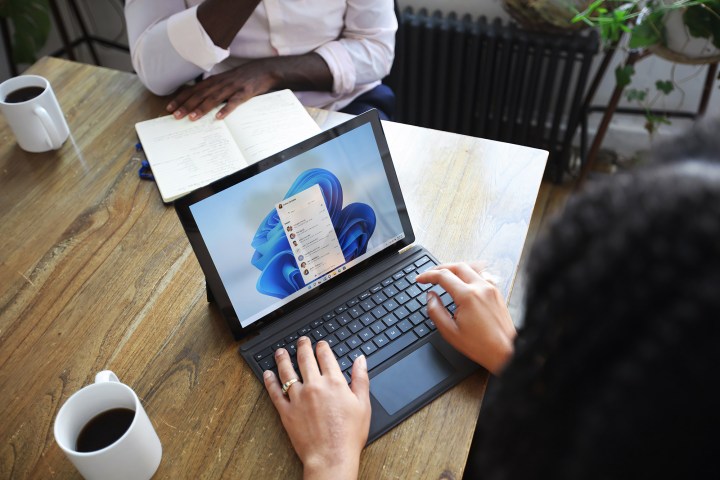Windows 11 is now available for everyone, over seven months since the rollout began in October 2021. As of yesterday, Windows 11 has been designated for broad deployment, which means any PC that meets the minimum requirements can now acquire the operating system through Windows Update.
Until now, Microsoft has rolled out the option to upgrade to Windows 11 based on the device’s hardware compatibility. Now anyone can get the update, as long as they still meet those minimum standards.

For everyone still on Windows 10, it’s now pretty simple to update to
If you do plan to update, though, you will also need to make sure your computer meets the minimum specs for
There are a lot of compelling features on
Overall, the response to
However, as the operating system matures, and now that it is widely available for everyone to download, more people will certainly opt to upgrade. The amount of gamers using Windows 11 has nearly doubled in the past six months, making up almost 20% of those on Steam.
To get the free update for
Editors' Recommendations
- Windows 11 might nag you about AI requirements soon
- You’re going to hate the latest change to Windows 11
- Windows 11 tips and tricks: 8 hidden settings you need to try
- Microsoft finds a sneaky way to slip more ads into Windows
- Apple finally has a way to defeat ChatGPT




